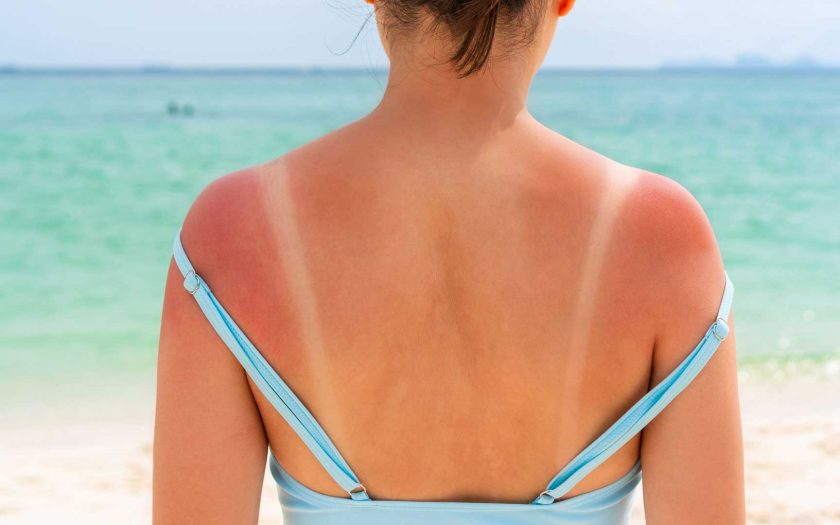Applying sour cream on the skin.
Although sour cream is popular home remedy for burns, dermatologists do not recommend using these methods. Substances with fats (such as dairy products, sunflower oil, petroleum jelly and glycerin) can be harmful for sunburns. Fat creates a film that hinders air circulation and prevents the skin from releasing heat. Thus, while there may be a brief period of relief, later on, the bacteria present in sour cream or kefir can provoke an infection.
Using non-specialized creams.
When choosing a product for treating damaged skin, it is important to carefully read the ingredients and select the right products. It is not recommended to using lotions containing alcohol and fragrances, as they disrupt the healing process and cause skin dryness. The ideal option is to choose specialized after-sun products that contain panthenol and vitamin E. After the burns have healed, it is recommended to regularly use protective creams (for example Daylong Extreme SPF 50+) and lotions (for example Sunkroma) with UV filters. The benefit of SPF is that it creates a barrier against ultraviolet rays, helping to prevent unpleasant effects such as redness, irritation and pain.
Rubbing the skin with ice.
Rubbing the injured skin with ice cubes can worsen the situation, as the cold slows down blood circulation and skin regeneration. It is better to take a cool (but not icy) shower. To soothe the pain, you can also apply herbal infusions with calming effects (such as chamomile) to the damaged skin. If you have aloe vera at home, using its gel can aid in healing the damaged skin.
Causing dehydration.
Alcohol, coffee, carbonated water, tea and fruit juices dehydrate the body, which needs more hydration during the recovery period (2-3 days for first-degree sunburns and up to 7 days for second-degree burns). Drink plenty of plain water, free from additives, caffeine and sugar. Milk can also be beneficial as the sodium it contains helps retain water. Drink up to 3 liters of clean water per day and avoid products high in sugar and salt, especially pickled food and baked goods. Include cucumbers, pomegranates and tomatoes in your diet as they help the skin recover.
Scrubbing the skin with a loofah.
During skin recovery, bathing procedures should be performed with particular care. Do not scrub the skin with a loofah or use exfoliating products and avoid shaving. It is also not recommended using soap, as it destroys the natural protective layer. After a shower or bath, gently pat your body dry with a towel to avoid damaging the blisters.
Puncturing blisters.
Blisters filled with clear fluid are a consequence of second- or third-degree sunburns. You should not puncture such blisters, as the open wound can allow infection to enter, disrupting the healing process. If you accidentally puncture a blister, treat the wound with chlorhexidine and cover it with a bandage.
Peeling skin from burns.
If you peel the skin before it is ready to come off on its own, you interfere with the skin’s renewal process and risk introducing an infection into the open wound. Allow the skin to shed naturally exfoliate from your body; this will help the healing process proceed more quickly. Peeling typically stops when the burn is healing, which usually takes about a week.

